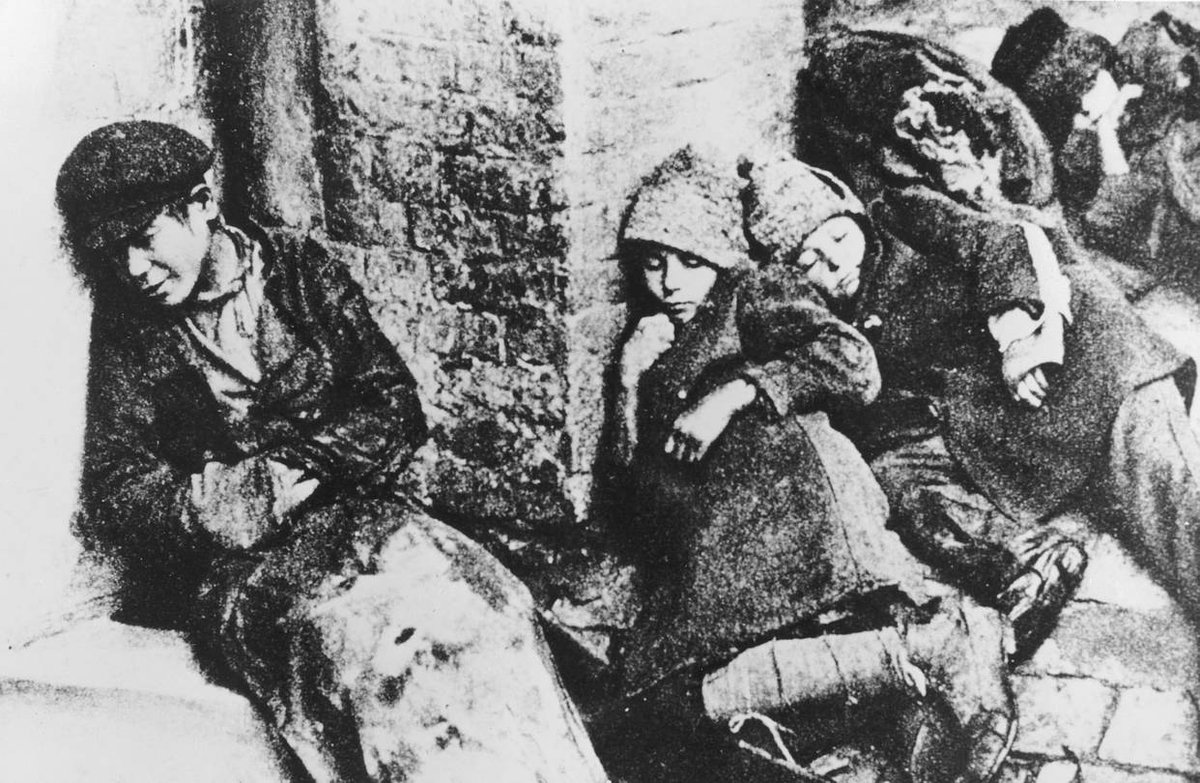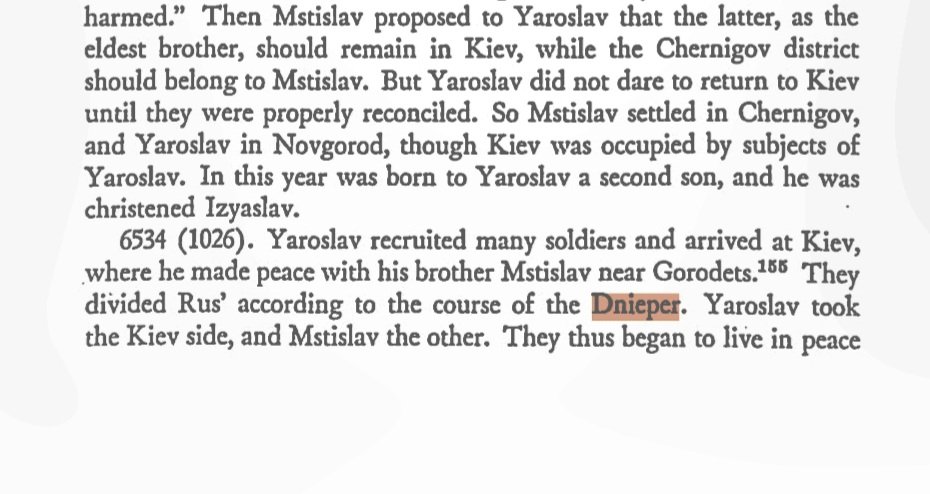According to the 1926 all-Soviet census 55%-67,5% (depending on definition) of the Kuban Region's (today part of russia) population identified as Ukrainians. In 2021 only 0,5% identified as such.
So what happened?

So what happened?


In short: What happened is that Moscow conducted another one of its ethnic cleansing and russification operations. One of its most severe.
Before 1932, the Soviets gave the people of the Kuban the right to speak in their own language and identify as Ukrainians, as long as they didn't oppose the Soviet Regime and didn't discuss the possibility of Ukraine-Kuban unification. 

But in 1932 things chanced. Moscow suddenly included it into the North Caucasus Krai and started an immediate campaign of russification. Ukrainian immediately lost its status.
The State immediately demanded all Ukrainian documents to be translated to russian.
The State immediately demanded all Ukrainian documents to be translated to russian.
All administrations were forced to operate in russian from now on. Any form of Ukrainian Media was banned and so were all Ukrainian schools. Anyone who resisted russification was either jailed, exiled or murdered. 

The 1930-33 famine in the Soviet Union affected the Kuban more than any other region in the RSFSR. That's why the Kuban famine is considered part of the Holodomor. Ukrainian villages had a higher chance of being blacklisted, meaning the death rate among Ukrainians was higher. 

In the meantime russians were encouraged to settle in the emptied villages where most of its former inhabitants have perished, were deported or fled.
The Ukrainian language was from now on discouraged and stigmatized as a "peasant dialect" similarly, but more effectively than in Ukraine. The people who kept speaking Ukrainian developed a separate dialect, which resulted from poor education in their native Ukrainian language.
Ukrainians didn't disappear immediately, but as time moved on and the people were repeatedly told they're russian - not Ukrainian and the same was written in their passports (if they had any), the russification started to succeed.
Today many of the descendants of those Ukrainians are fully enveloped in the russian mindset and propaganda. They lost their connection to their ancestors. In fact many of them are currently even in Ukraine fighting the people of the nation their ancestors wanted to be part of. 

Here's an interview with some of the few remaining Ukrainians in the Kuban, who remember their history (from the 1990's).
• • •
Missing some Tweet in this thread? You can try to
force a refresh


















